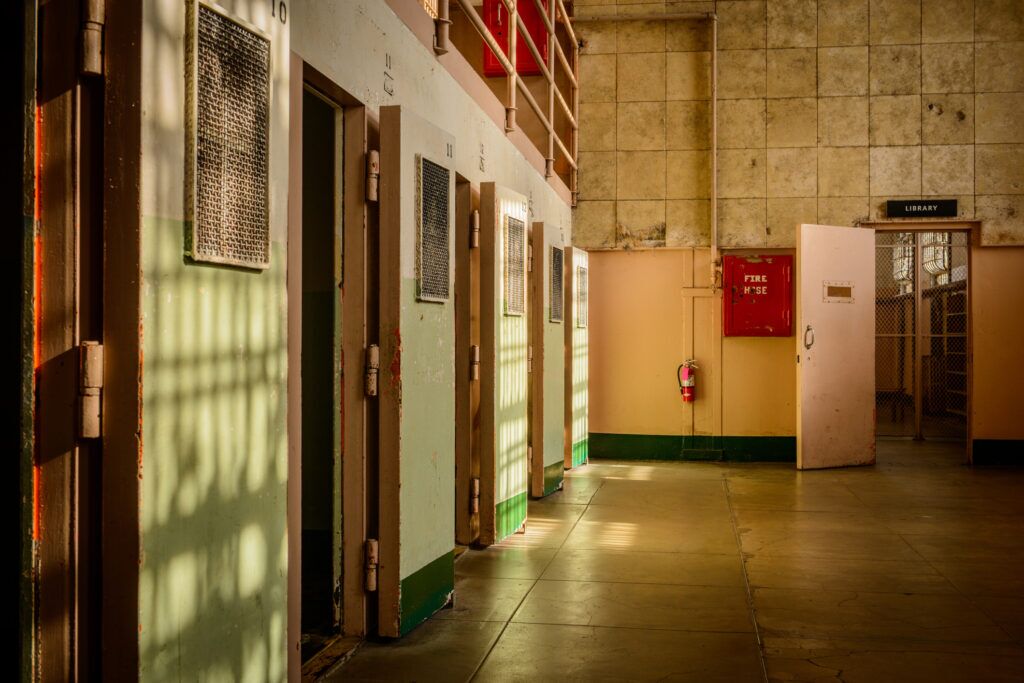
‘Mama’s in the Hole’: How Solitary Confinement Tries to Break Family Bonds
May 9, 2025
Tyre Nichols and the End of Police Reform
May 9, 2025From flowers to federal budgets, it’s time to turn Mother’s Day into a rallying cry for women’s economic justice and real investment in care.
It’s time to talk about women’s economics with attitude. It’s time to laugh at what is often absurd and call out what is dangerous. By focusing on voices not typically part of mainstream man-to-man economic discourse, Women Unscrewing Screwnomics will bring you news of hopeful and practical changes and celebrate an economy waged as life—not as war.
Get ready, moms, for tokens and sentiment. Mother’s Day is nearly upon us, requiring homage of chocolate, flowers and/or sappy cards. It’s a day still seeking meaningful recognition. I mean, show her the money.
Anna Jarvis was a devoted daughter who, in 1908, publicly proposed a day in recognition of American mothers. Her own mom, Ann Reeves Jarvis of West Virginia, had died in 1905, but left a legacy of helping to start Mothers’ Day Work Clubs. These had helped local women raise their kids and had built social bridges after the Civil War. Their “Mothers’ Friendship Day,” begun in 1868, had encouraged reconciliation for soldiers and causes on both sides.
In a similar vein, in 1870, Julia Ward Howe wrote a “Mother’s Day Proclamation” to call on mothers to unite in promoting world peace. In 1873, she campaigned for a “Mother’s Peace Day.”
By 1912, because of Anna Jarvis’ winning financial backing and waging a letter-writing campaign to newspapers, several states, towns and churches were making Mother’s Day an annual event. President Woodrow Wilson made it a federal holiday in 1914.
This didn’t prevent his later jailing and torturing young Lucy Burns and Alice Paul in 1917. They weren’t moms, but believed women, including moms, ought to be able to vote on public issues. Their crime was picketing the White House.
By 1920, Anna Jarvis, who was also a suffragist, would denounce the commercialization of Mother’s Day. She’d intended it to be a personal and family celebration. Eventually she waged a second campaign, this time paying for numerous lawsuits against those profiteering from the “Mother’s Day” brand. She finally actively lobbied the government to end the holiday.
Later that same year, Aug. 18, 1920, the 19th Amendment passed, thanks to a Tennessee mom, Phoebe Burn, who wrote to her legislator son, urging him to vote for suffrage. He took her advice and flipped a deadlocked vote in the last state needed to ratify the constitutional amendment that made it possible for her sex to vote.
What would Anna and Lucy and Alice and Phoebe think of last year’s Mother’s Day setting a near-record for spending: $33.5 billion, or an average $254.04 spent on gifts and celebrations by Mother’s Day customers?
The National Retail Federation reports that in 2024, we spent $7 billion on Mother’s Day jewelry; special outings cost $5.9 billion; electronic gifts amounted to $3.5 billion, flowers cost $3.2 billion, and Mother’s Day cards cost us $1.1 billion. Now imagine our building a social security insurance program for national childcare, supported by our contributing that $33.5 billion dollars annually to a national trust fund.
Costs of childcare in the U.S. put it out of reach for a majority of families who badly need a mother’s employment income. Childcare “deserts” in low-income urban and rural communities make finding good care hard at any price. The 2023 Kids Count Data Book from Annie E. Casey’s foundation estimates that over half of our young children have no access to early childhood education. Why?
It isn’t good business. Childcare workers, typically women and often mothers, are notoriously low paid, despite educational standards and requirements. One in seven childcare workers live below the poverty line.
Head Start providers have been one oasis in preschool education deserts, though a mere 1600 Head Start Centers, serving hundreds of thousands of low-income families, still falls far short of what’s needed. I’m glad the White House proposal to cut all funding for Head Start was just reversed on May 5, according to an unnamed source at the Office of Management and Budget. Let’s hope it isn’t reversed again after Mother’s Day.
The 2026 proposed White House budget is still looking for $163 billion in cuts to non-defense programs that include other childcare provider programs and safety net programs that poor families and moms need. That’s apparently so the richest billionaire bros won’t have to pay taxes as high a percentage as most of us, and so that the already humongous defense budget can be pushed to $1 trillion, the biggest ever.
The White House proposes cuts to pay for it. The Hill provides a list of these that all Americans should know and care about, notably teen pregnancy prevention programs, Job Corps, public broadcasting and the U.S. Institute for Peace. What would our foremothers who worked so hard for national and international peace think of this? More importantly what would they do?
Childcare is what economists would call “a market failure.” It seems motherhood is not a profitable business, despite a recent stay-at-home mother invoicing her husband $2700 a week for her unpaid labor that included homeschool tuition, breastfeeding, housework, grocery shopping and personal chef services. She jokes that this makes her the main breadwinner in the family. Or it would, if only he could afford to pay her.
He cannot. It’s no joke. It’s another market failure, unlike old-fashioned slavery. Did I mention the federal minimum wage is still $7.25, and for employees who receive tips it’s $2.13, unchanged since 2009?
Market failures of essential services traditionally demand a government solution. That’s not lunatic leftists talking, it’s governing bodies of nations that seek a prosperous future. There are private and social benefits from childcare that results in a stronger and deeper labor market. A long-term follow up of the Perry Preschool Project demonstrated early childhood education paid off nine times in terms of benefits to society.
The OECD (Organization for Economic Cooperation and Development), founded in 1961 with 38 member countries, estimates that, all told, the U.S. spends 0.35 percent of GDP supporting childcare and early education, compared to an OECD average of over 0.8 percent. France and several Nordic countries spend over 1 percent.
The U.S. does have a Child Care and Development Block Grant (CCDBG) providing federal funds to states and local governments, but these are subject to layers of budget appropriations at the state and federal level. It’s not an entitlement like Medicare, but something U.S. moms should know about and fight to protect. At the moment, it is included in the 2026 U.S. Budget proposal but there remains, in still Republican-Rumsfeld-world, “known unknowns” like the tariffs and the childcare block grant, and “unknown unknowns” like the future of Head Start, attacked for decades.
Another for instance of “unknown unknowns”: In “Rising Strains in Childcare and Early Education,” Econo-Facts referenced a report by Biden’s HHS (Department of Health and Human Services) post-pandemic. It showed what was positive and possible for our children and moms with government intervention. The American Rescue Plan Act was narrowly passed with one-vote margins along party lines in both houses. It provided states with $24 billion in relief funds, $10 billion short of what we spent on Mother’s Day. But that money helped 220,000 childcare providers, saved the jobs of more than a million early educators, and served 9.6 million children.
These supports came to an end in September of 2023, and the link to that report is no longer functioning on the HHS webpage run by Robert F. Kennedy. He now funds our childcare and early education and, without an MD, does not support vaccines, or believe in germs that most moms know in the first case prevents measles, and in the second case, can make us all sick no matter what we eat.
Organizations working on these and other issues that moms care about, especially economic ones, include Moms First, Moms Rising and Childcare Aware of America. Please learn from and support them this Mother’s Day—which if I remember correctly, isn’t just a single day in May, but begins at birth and never really ends until Mom does.
Great Job Rickey Gard Diamond & the Team @ Ms. Magazine Source link for sharing this story.







